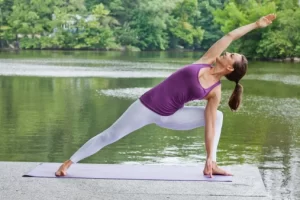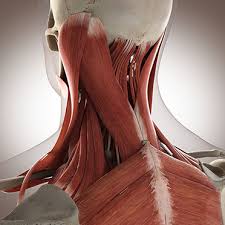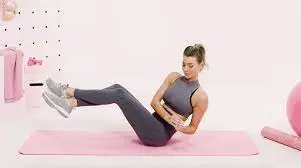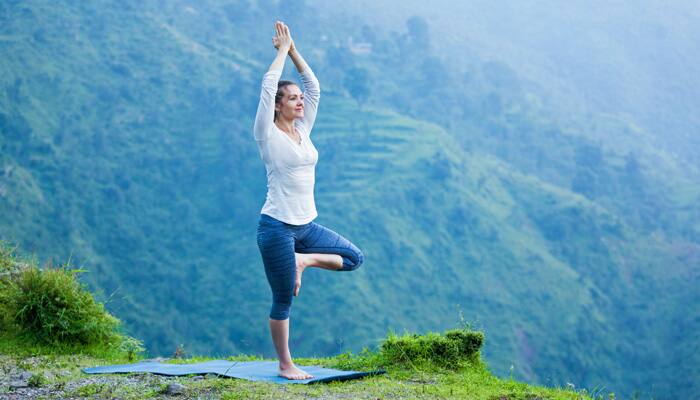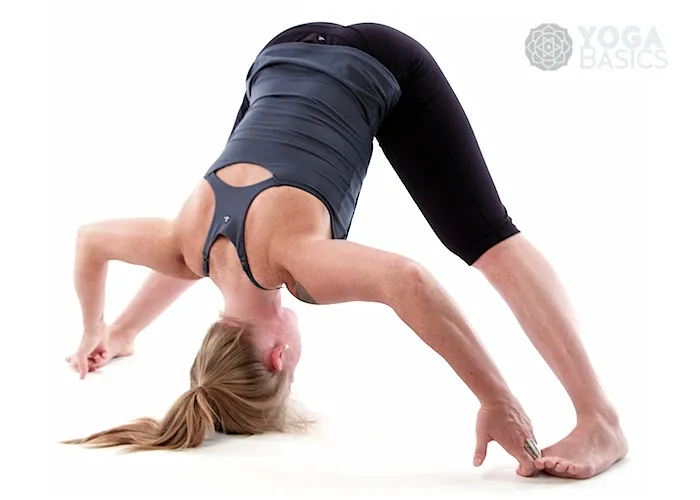Utthita Parshvakonasana (Extended Side Angle Pose)
What is Utthita Parshvakonasana (Extended Side Angle Pose)?
Utthita Parshvakonasana, also known as Extended Side Angle Pose, is a standing yoga pose that combines strength, balance, and flexibility.
Uttana Padmasana is an expanse of the legs. This term arrives from the Sanskrit Uttana, meaning “intense stretch”, Pada meaning “leg” or “foot,” and the asana meaning posture” or “pose”.
To enter the pose, lie on the ground floor backside down, and extend your hands over the head. Holding the feet together tightly at the arches with toes indicated towards the ceiling. However, lifting both legs in the air on an inhale, holding the torso on the ground floor, and permitting the lower back to arch slightly, if required. The chin should be folded towards the neck.
For the progressive practice of this posture, lift the torso off the floor to whatever degree is comfortable, dropping the head carefully to touch the ground floor, if probable. For both the beginner and advanced deviations of this pose, hold the legs together and straight, keeping the breath for as long as is relaxing (don’t turn the knees). To exit the posture, exhale and lower the legs as well as the upper body if rehearsing the progressive version, to the ground floor.
Uttana Padasana is even known as raised legs pose in English.
How to do Utthita Parsvakonasana (step-by-step)?
- To begin with, stand in Mountain Pose.
- Bring a long step with your right foot in its path.
- Next, slowly turn your right foot out at an angle of 90 degrees.
- Turn your left foot out in the equal path at an angle of 45 degrees.
- Exhale and turn your right knee at an angle of ninety degrees. So that it is equal to the ground floor. Turn your trunk downwards.
- Maintain the posture for a couple of seconds and breathe deeply here.
- Then, exhale deeply and bend your body over your right leg as you stretch sideways.
- Lower your right hand and set it on the inside or outside of the right foot.
- Boost your left hand over the head and parallel to the ear.
- You should feel an intense expanse right from the hand to the heel.
- Then, tilt your neck slowly upwards towards the ceiling.
- Keep this last pose for 20-30 seconds.
- Lastly, to release the pose, press down your feet, lower your left arm, bring back your thigh, and straighten your torso.
- Replicate the extended side angle posture on the other side.
Utthita Parshvakonasana Pose Video
Utthita Parsvakonasana Benefits
Utthita Parsvakonasana has more benefits which are better for multiple causes.
With this pose, there is a smooth flow of prana throughout the body, the organs function appropriately and all the toxic toxins in the body begin bringing eliminated. Supports releasing lethargy from the body. This boosts the energy in the body and such freshness is experienced.
Regular practice of Extended Side Angle Pose helps to improve flexibility in your whole body as well as hips, legs, abdomen, shoulders, chest, neck, and face as per the requirement of yoga.
Extended Side Angle Pose not only helps to stretch but also strengthens the side upper body, hips, legs, abdomen, knees, shoulder, palms, and ankles, and especially works on the core muscles.
Along with the massage of the abdominal muscles, the correct functioning of the abdominal organs enhances the digestive system thereby eliminating the issues associated with constipation.
Traditionally, Utthita Parsvakonasana boosts flexibility in the neck, chest, shoulder, and arms.
This pose heals the symptoms related to the sciatic nerve. This mudra can prove to be useful for individuals in the initial stage of the problem of sciatica. This contraction can support and enhance the flow of prana.
With the practice of this asana, along with stretching the hips, the nerves of sciatica shrink while relieving the pain.
During the practice of UtthitaParsvakonasana, the hips are fully bent. The bent hips put stress on the base of the spine, and the sacrum, and tone and strengthen the spine.
Modifications and Variations of Utthita Parshvakonasana
Need a Modification?
If you have a neck issue and experience neck discomfort when you direct your look to your top arm, instead gaze to the side or even down on your mat as long as your chest remains open.
Utilize a block underneath your forward hand if your hand doesn’t naturally reach the ground floor.
Up for a Challenge?
Bring your right arm up off the ground floor. So, that both arms frame your look and reach toward the facade of the room.
Taking your left arm behind your back. Bring your left fingertips around your right side to grasp the inside of your right thigh for a half bind. If that feels better, you can go for the full bind by lifting the right hand off the ground floor to meet your left hand after your back.
CONTRAINDICATIONS
- Insomnia
- Headache
- Neck injury
- Shoulder injury
- High blood pressure
- Low Blood pressure
Conclusion
Utthita Parsvakonasana is even comprehended as Extended Side Angle Posture. This is one of the most challenging upright postures which is an in-depth spinal twist. It is a major pose in other modern yoga.
FAQ
1. What is the meaning of Utthita Parsvakonasana?
Utthita Parsvakonasana is an upright side stretch. This term arrives from the Sanskrit Uttana, meaning “intense stretch”, Pada meaning “leg” or “foot,” and the asana meaning posture” or “pose”.
2. What is the benefit of Utthita Parsvakonasana?
Every day practising Utthita Parsvakonasana may support toning knees, ankles, and thighs. Doing this pose sincerely may support in decreasing the fat around the hips and waist. The practice of Utthita Parsvakonasana increases the contraction of abdominal muscles and may enhance digestion.
3. What muscles are used in Utthita Parsvakonasana?
This pose targets the glutes & obliques, hip flexors, quadriceps, and shoulders, and even implicates ankles and triceps muscles.
4. What is the modification for Utthita Parsvakonasana?
Attempt bringing your front elbow to your front thigh instead of putting your hand on the mat. From a broad stance, with your front heel in sequence with your back heel and your front knee over your front ankle, inhale and arrive your arms up, making length in your side body. Exhale and permit your pelvis to turn.
5. How do you feel after performing Utthita Parsvakonasana?
Practising Utthita Parsvakonasana (Extended Side Angle Pose) can provide you with an equally energized feeling. The asana teaches you how to stabilize your legs while you open and extend the sides of your rib cage, organizing the muscles that support better breathing.

